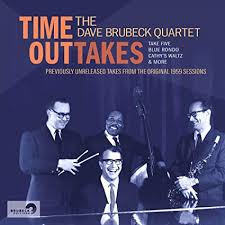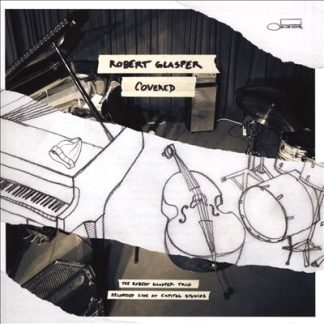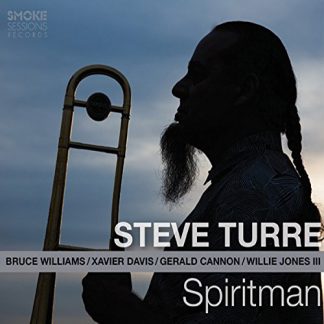Description
Courtesy – NY Times – Listening to the alter nate takes and behind-the-scenes recordings of any classic album will unravel some of its timelessness. But there’s something especially startling about hearing what went into the making of “Time Out,” the Dave Brubeck Quartet’s masterpiece, and maybe the ultimate example of a live art form being carved down and mapped out into an impeccably finished product.
nate takes and behind-the-scenes recordings of any classic album will unravel some of its timelessness. But there’s something especially startling about hearing what went into the making of “Time Out,” the Dave Brubeck Quartet’s masterpiece, and maybe the ultimate example of a live art form being carved down and mapped out into an impeccably finished product.
Chances are this record lives somewhere in your memory, whether you can name it or not. “Take Five,” the single that sent the LP to No. 2 on the Billboard chart in the early 1960s, is among the most iconic records in jazz.
But from the sound of “Time Outtakes” — a collection of previously unheard recordings from the “Time Out” studio sessions, released last week in commemoration of Brubeck’s 100th birthday on the family’s new label — making the album was a sometimes fun, sometimes frustrating process, with the quartet feeling its way into a set of music that had not yet come to feel patented and perfected.
“Time Out” would be the achievement that effectively quieted Brubeck’s critics. They had called the pianist’s music uptight, unswinging and mannered (it often was), and some listeners rightly bridled at the injustice of how swiftly he — a white musician whose path ran through the conservatory and the college touring circuit, not the jazz clubs of New York — had vaulted over other bandleaders and into a Columbia recording contract. Brubeck often told the story of how ashamed he had felt when, in 1954, he became the only jazz musician other than Louis Armstrong to appear on the cover of Time magazine. He was on tour at the time with Duke Ellington, who was clearly deserving of such an honor himself, and it was Ellington who first showed Brubeck the Time cover when it came out.
As he built out his niche in jazz, Brubeck found purpose in a kind of globalism. Fascinated throughout his life by rhythmic complexity, his ears were piqued during a State Department good will tour in 1958, when he heard odd-numbered folkloric rhythms in various parts of Asia. He committed himself to integrating them into his compositions, while also making sure to nest hummable melodies inside each tune. On “Time Out,” he and the quartet manage to do all this while maintaining an effortless feeling that could easily be adopted by the listener; this was all the more impressive given that Brubeck was not always a graceful, mellifluous pianist.




